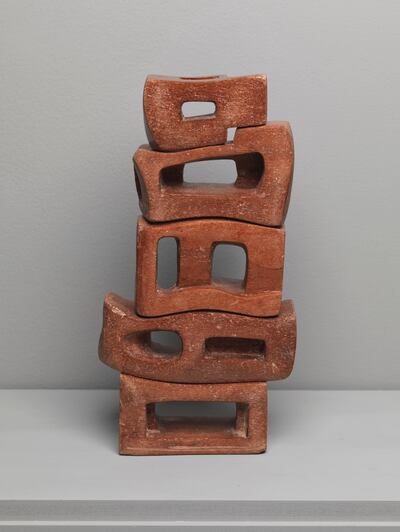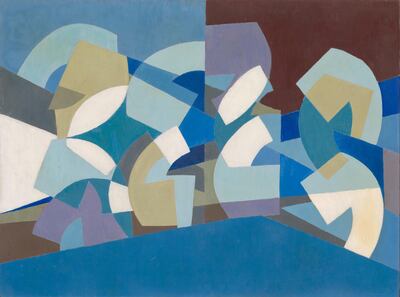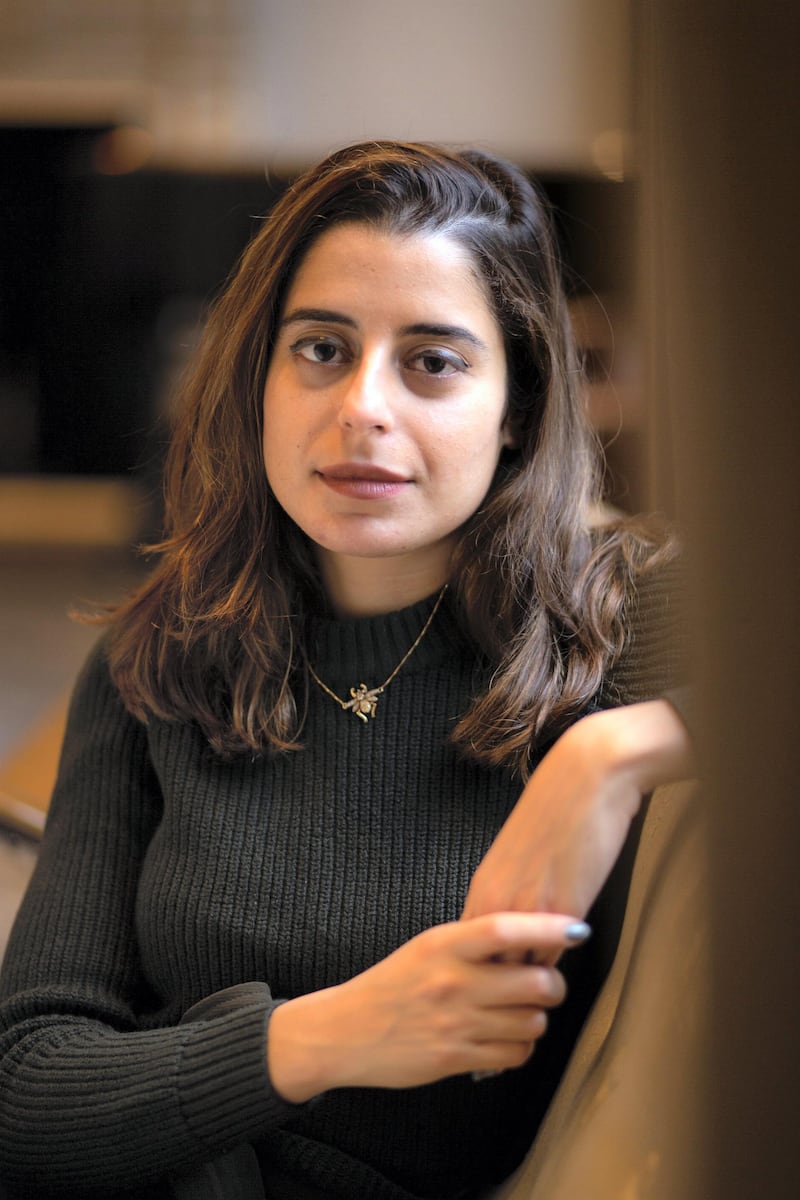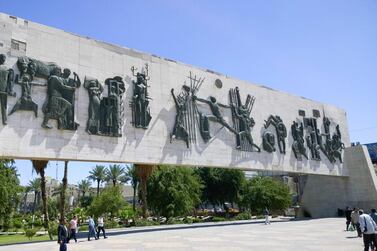Last month, Tate Modern in London appointed its first full-time curator dedicated to the Middle East and North Africa – Nabila Abdel Nabi, who is of Egyptian descent, and one of three new curators at the museum specialising in African, Middle Eastern, and South Asian art.
The three join the museum at a significant time. Under the stewardship of director Frances Morris, Tate is diversifying its programme, expanding the geographical remits of its staff and acquisition committees, and working towards greater gender and demographic representation. In January, Tate announced a partnership with South Korean carmaker Hyundai for its "Hyundai Tate Research Centre: Transnational", which operates as a research hub embedded in the curatorial team.
"What's happening now is an expansion of Tate's existing commitment to keep developing its collections and its programmes beyond western Europe and North America," says Abdel Nabi. "And to find new ways to explore and discuss this through the framework of the transnational."
Abdel Nabi was born in Cairo and grew up there and in Toronto. She finished her high school years in Dubai after her mother moved to the UAE, and later returned to the country to work at The Third Line – she calls herself part of the "family" of former employees of the renowned Al Quoz gallery – in addition to a stint at Guggenheim Abu Dhabi (she interned in the New York branch after graduating from college). She had also worked as associate curator at Power Plant Contemporary Art Gallery in Toronto. Though young, Abdel Nabi has a reputation for being a conscientious curator, investing herself in comprehensive research for each of her projects.
How to achieve global diversity?
Tate has long had a commitment to internationalism, and to the Middle East, with exhibitions of works by Lebanese artists Huguette Caland and Saloua Raouda Choucair, and Turkey's Fahrelnissa Zeid, for instance. Two previous Tate curators, Morad Montazami and Nada Raza, also worked on the Menasa region for the museum but were not dedicated full-time to the area. Abdel Nabi's role, overseeing acquisitions, shows how the museum is embedding a global outlook into its collections, pivoting away from ideas of national patrimony and towards rectifying historical omissions in the narrative of art it displays. It's a daunting task, to say the least.
"No one can collect everything," agrees Abdel Nabi. "The strategy is to collect key works – both modern and contemporary – that open up new modes of understanding 20th-century production, for example through avant-garde movements formed against the backdrop of social and political change, or critical moments of artistic transformation."

Abdel Nabi refers to Tate's acquisition last year, for example, of Mohamed Melehi's Casa (1970), which sheds light on a key moment in North African art that was in dialogue both with outside influences and Morocco's own cultural history. "Melehi was one of the leading members of the Casablanca art school," she explains. "It was through that position that he began teaching at the Ecole des Beaux-Arts [in Casablanca], where he encouraged his students to move away from academic painting, a leftover from the colonial era, and to look for inspiration in local Moroccan-Berber crafts and the abstraction inherent in Islamic architecture."
Bridging a gap
Much like avant-gardes elsewhere, Abdel Nabi says “he wanted to bridge the gap between art, architecture, and graphic design”.
"His works really exemplified this development of a transnational modernist language across the region, through the ways that Melehi drew from the local, putting elements such as Arabic calligraphy in conversation with hard-edge painting, and even with the op art that he encountered during his time in New York."
Tate's idea of the transnational, as expressed through its Hyundai-sponsored research centre, is an attempt to understand the way an artist has influences beyond his or her country of origin. The museum's push towards globalisation is taking its cue from facets already embedded in artwork itself.

Art from the Middle East may seem to be rich territory for this, as artists here have historically intersected with several transnational claims, such as Nasserism and pan-Arabism, support for the Palestinian cause and more generally a feeling of pan-Arabism that has developed from the displacement and movements of populations in the region. But Abdel Nabi says that you ought to remember to examine regional work for itself, rather than seeing it as simply reflective of the region. "The Middle East is an extraordinarily heterogenous landscape with immense ethnic, linguistic and religious diversity," she says. "It's important to keep in mind, while we're working with the region, those cross-cultural links across countries and to amplify those collective elements where they make sense. But we also need to focus on singular moments, specific developments in particular countries, and the deeper interrogations, where we can do it, of local contexts."
Having moved back to London, where she previously earned a master of arts at the Courtauld Institute of Art, Abdel Nabi is also aware of the city's role as a diasporic centre for Arab and other communities. "There's a diversity of strong, supportive communities in the UK," she says. "I look forward to Tate increasingly becoming a site where those audiences feel reflected within this institution."







